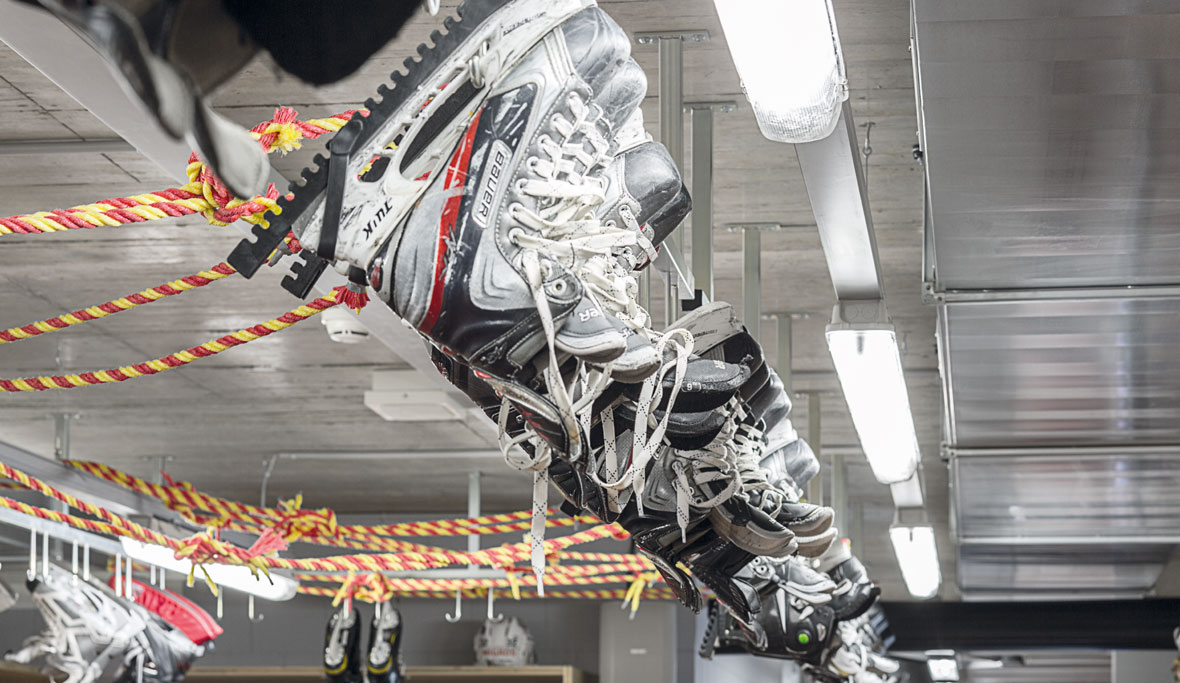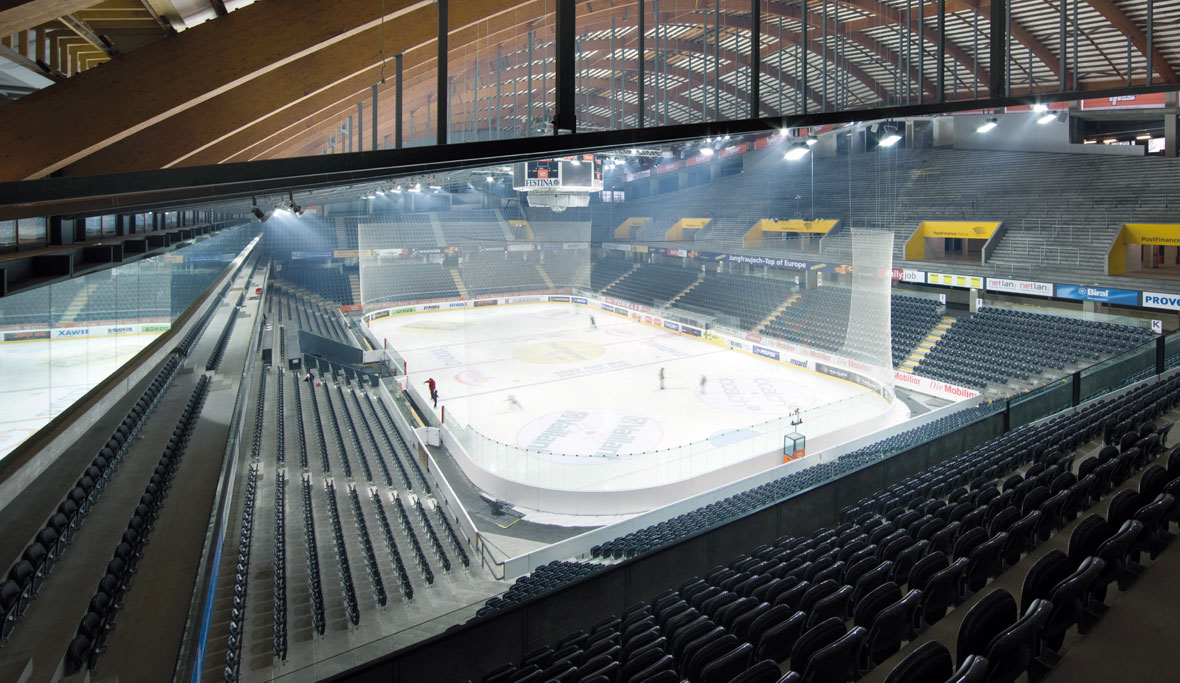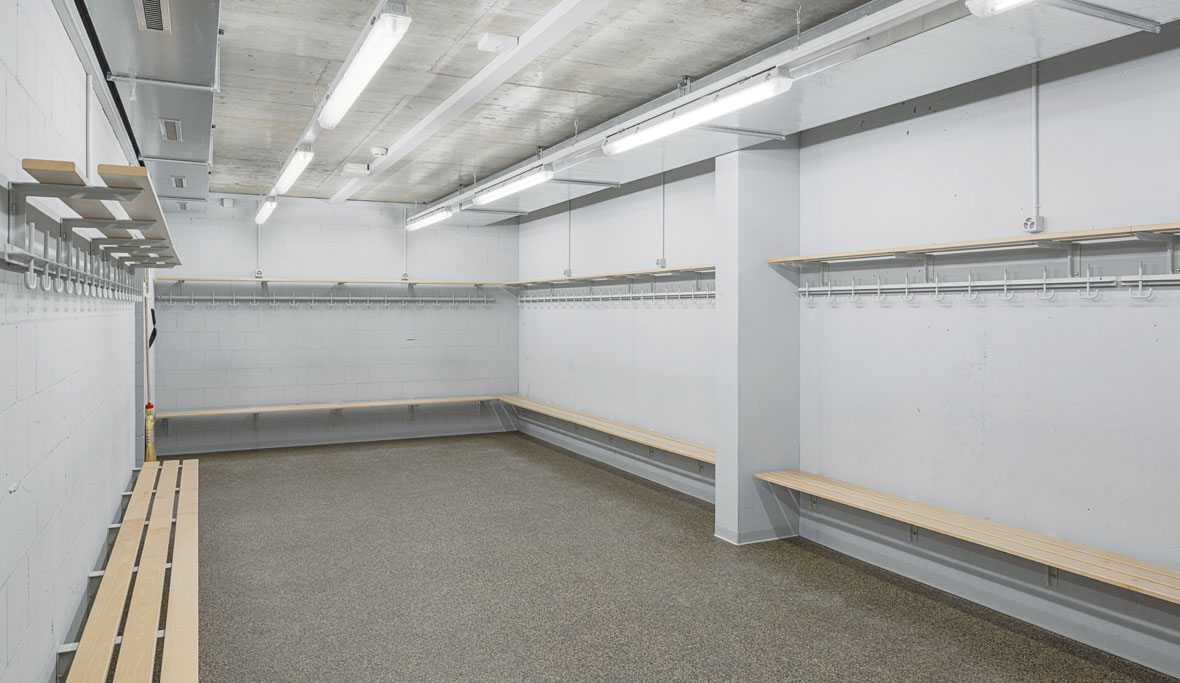Lighting of an ice hockey centre
Knowledge for lighting professionals
Ice sports are highly diverse, and ranging from ice hockey, speed-skating and figure skating to leisure uses, the ice surface must meet very different lighting requirements.
Lighting must therefore be planned in accordance with the visual needs of the most demanding ice sports. In halls having long usage periods with leisure sport, LED spotlights are today best suited to provide economic utilisation, and this also applies to training and competition situations in smaller halls with moderate lighting levels.
For competitions in large halls on the other hand, luminaires with high lumen output discharge lamps continue to be recommended. Requisite lighting levels particularly for TV broadcasting stipulate high luminous flux packages that can currently only be generated with this technology. Ice hockey is a type of sport with rapid motion, constantly changing viewing directions and maximum concentration for players.
Spectators also need very good lighting conditions to follow the quickly hit, small black puck, especially as this is often concealed in the haze of flying ice. Speed-skating and figure skating also require the same lighting conditions. Curling in some regions is
more than just a peoples' sport, and goal zones must be illuminated with higher accuracy, for example for curling with 300 lux (house) compared to 200 lux for the playing surface (rink). This is achieved by tight luminaire arrangements or the use of higher luminous flux luminaires. Specifying luminaire configurations and particularly the evaluation of reflected glare on the ice that is as flat as a mirror is a problem not to be neglected.
Light and shadowing caused for example by protective bands at the periphery of the playing area change soon after a game is started, because the highly reflective character of the ice surface then becomes significantly less due to wear. Despite this, a vertical illuminance level of around 30% of the horizontal illuminance of the ice surface should be emitted to these bands. Transparent plastic walls are installed above the bands to protect spectators from flying pucks, which are only transparent if lighting causes no reflexes on their surfaces.


